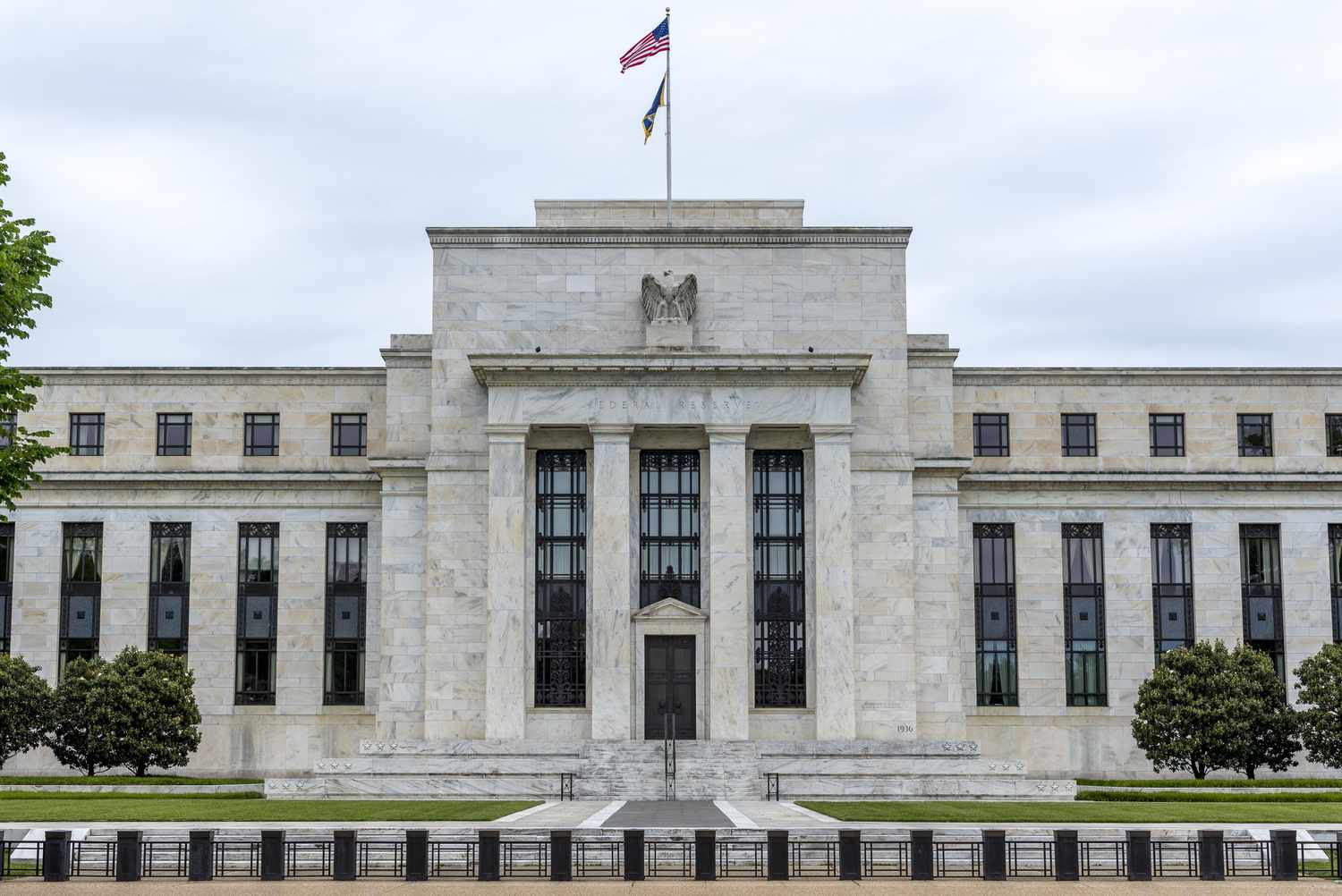The Fed is expected to hold interest rates steady as escalating geopolitical tensions and signs of a cooling economy add pressure
The Federal Reserve is widely expected to leave interest rates unchanged at its June policy meeting, as officials weigh growing concerns about a slowing economy against the risk of rising inflation, fueled by recent U.S. import tariffs and heightened geopolitical tensions in the Middle East.
Since setting the benchmark rate at 4.25%–4.50% last December, the Fed has faced increasing economic uncertainty—amplified by President Donald Trump’s return to office in January and his aggressive overhaul of trade policy, which includes significantly higher tariffs on imported goods.
While many of the proposed tariffs have been delayed, the broader trade outlook remains unresolved and under close watch by Fed policymakers. At the same time, oil prices have jumped following Israel’s recent strike on Iran, triggering a wave of retaliatory missile attacks and deepening instability in the region.
On the domestic front, a series of recent reports—including those on the labor market and retail sales—point to slowing momentum in key sectors of the economy. Fed officials have signaled they will need more data to determine whether the next shift in policy should address the threat of renewed inflation or focus on cushioning weakening growth.
Current forecasts suggest U.S. GDP growth will slow to 1.3% in 2025, down from the previous estimate of 1.9%. Inflation is now expected to end the year at 3.1%, above earlier projections and well above the Fed’s 2% target. The unemployment rate, which stood at 4.2% in May, is projected to rise to 4.3% by year-end and reach 4.7% in early 2026.

